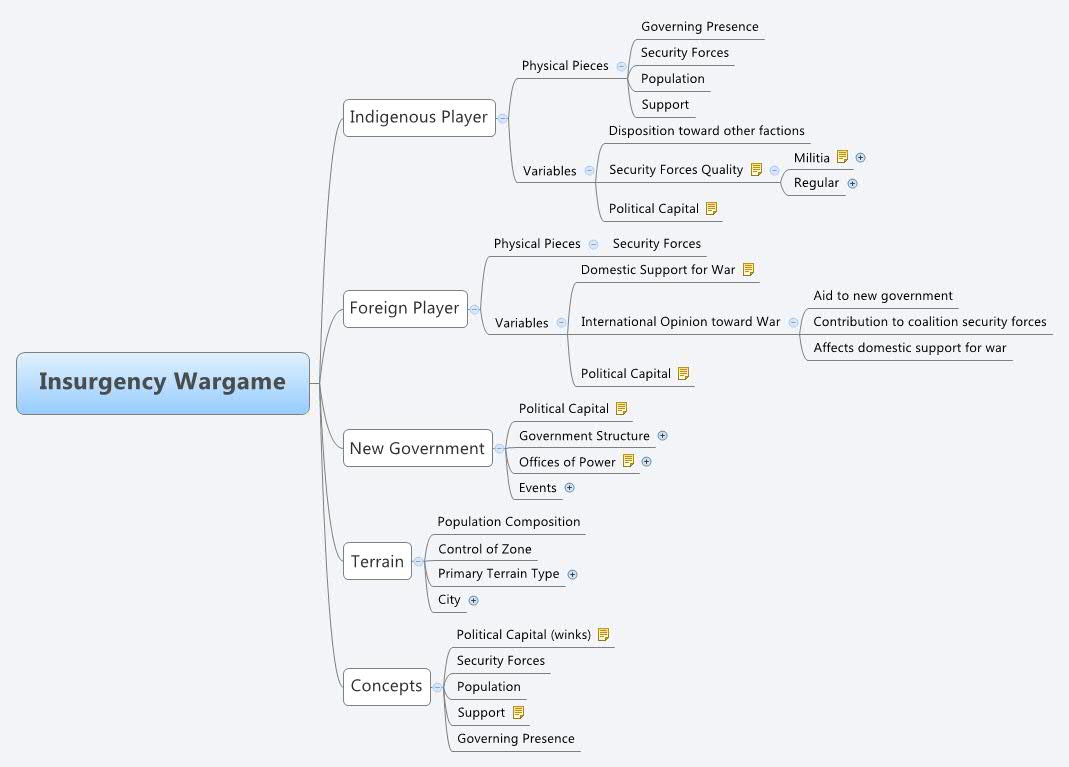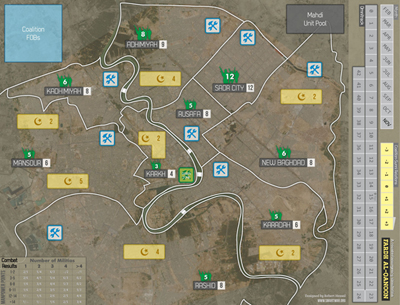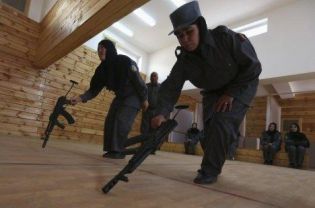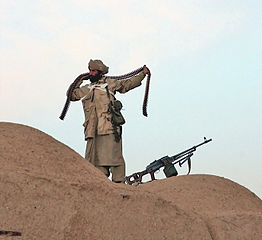Fardh al-Qanoon: Designing a simulation
As I mentioned last week, I decided to create a simulation for Operation Fardh al-Qanoon (aka the Baghdad Security Plan) for my Conflict Simulation course at King’s College London. Part of designing a war game that is of any academic use is carefully researching the conflict and the dynamics that brought about the end result in order to translate them into game rules.
Considering my most advanced experience with manual war games thus far has been Axis & Allies, I have quite a bit to learn about simulating conflict before I can even think about solid game mechanics. There is also the issue of navigating between COIN strategy & tactics (or as Gentile put it, a strategy of tactics) and actual results of the practice of COIN in Baghdad. If the Coalition player were to do everything according to historical guidelines, ideally the end result should reflect history.
The problem with getting the simulation results to match up with reality is creating the baseline for results in the first place. One of the perks of the modern age is the abundance of data about anything and everything you can imagine. War, however, tends to throw a truck-sized wrench into the machinery. Even military data (much most almost all of which is not generally available) is not guaranteed to be accurate. Secondary sources are even less reliable, often filled with conflicting accounts or large “guess” ranges (such as for civilian casualty counts). I’ve decided to measure Coalition KIA casualties as part of the simulation, but not anti-Coalition militant body counts. For one thing, enemy body counts are not as important when you’re dealing with a COIN operation, as the end goal is to secure the population rather than destroy the enemy.
Civilian deaths are very much relevant to a counterinsurgency simulation, but there are certain constraints in the class-assigned project that make too much complexity undesirable. Instead, civilian deaths (whether by Coalition or anti-Coalition hands) will be reflected generally by a negative change in stability. Since the Coalition goal is to “stabilize” all 9 districts of Baghdad, civilian deaths are still punitive, if not strictly measured.
Choices, choices
The asymmetry between Coalition forces and the irregular enemies they face means that engagements will not be of the same attritional nature as conflicts between state militaries. Professor Philip Sabin’s World War 2 and Eastern Front games (both available for free download here) were basically my first foray into academic (as opposed to hobby) manual war games, and they nicely reflected the nature of attritional conflict. The choices faced by Coalition and anti-Coalition players will have to be a bit different in my simulation of Fardh al-Qanoon.
The Coalition forces will have to balance the risk to friendly forces vs. stopping violence within a certain timeframe. There will also be the balance between killing militant forces and preventing civilian deaths; since engagements will not always occur on the Coalition’s terms, this is an especially important factor.
The anti-Coalition side (which will include everything from Sunni/Shi’ite insurgents to al-Qaeda operators) is too diverse a group to have institutional goals in the game. No player will be able to objectively separate assets from different groups in their mind; thus you would end up with strange situations like Shi’ite insurgents supporting foreign Sunni fighters to destabilize a Shi’ite neighborhood. Instead, the anti-Coalition player’s goal is simply to make sure the Coalition fails to secure the city by the end of the game. Game rules will ensure that the proper militant forces will be used in particular situations to destabilize the city (e.g. Shi’ite insurgents can’t be used against Sadr City, while al-Qaeda and Sunni insurgents can). The choice for the anti-Coalition player thus becomes how best to utilize his limited militant resources and escape detection by the US and Iraqi troops.
The anti-Coalition player can also “win” by inflicting massive KIA casualties against Coalition (non-Iraqi) troops, so far above the historical levels that the operation is deemed a political failure. President Bush was already experiencing significant pressure from a Democrat-controlled Congress; if the “surge” failed to stem the tide of violence and resulted in increased US casualties, domestic pressure would force a change in policy.











If you want any help, or just someone to bounce ideas off of, I’d be pleased to assist.
I just found your blog, came here via GrogNews.